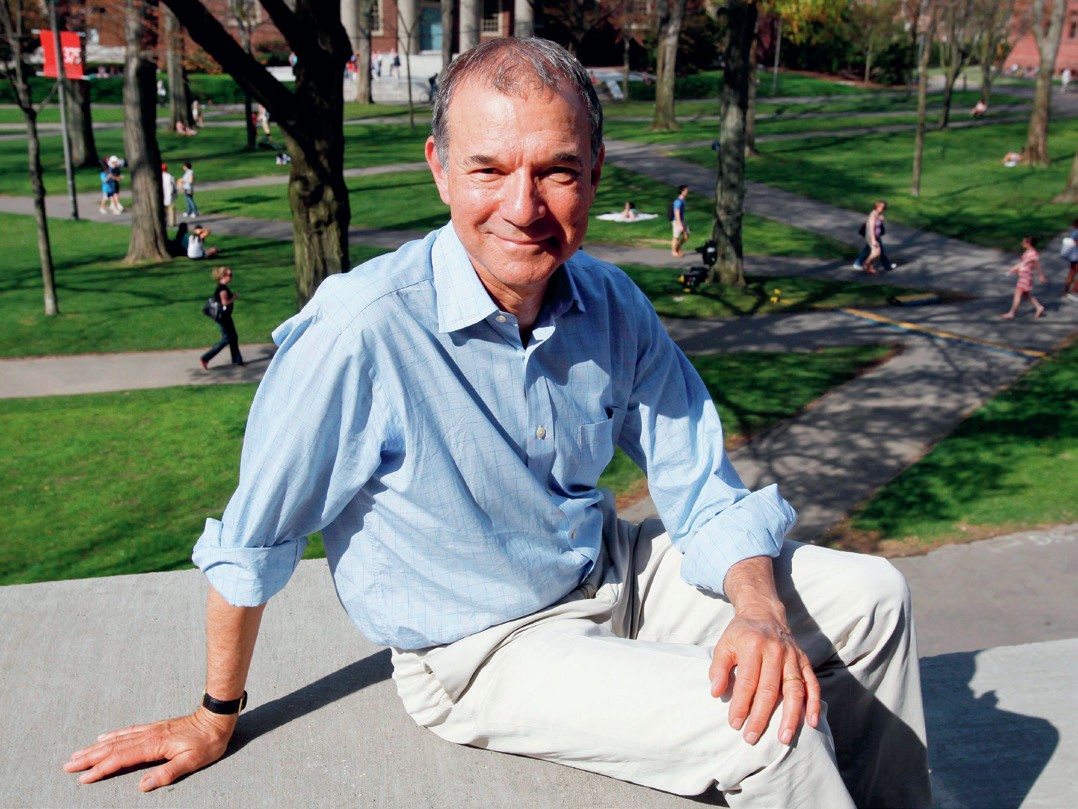
Until relatively recent times, the default approach to literary criticism confined understanding of a text to how it has been constructed and how it works. This approach is otherwise known as formalism. Context is secondary background, if it is considered at all. In stark contrast is historicism, where the contexts of production — the social, political and historical milieux that produced the text — are central to a considered understanding. This involves immersion in historical research to find out about all the influences on the text’s production.
Already, we are in the realms of what is known as cultural theory, an idea with its roots in Marxist ideology, where society is defined by the material it produces. So, texts are literary objects produced for consumption. A useful analogy for students of literature might be provided by reference to another cultural object. Imagine that the text is a clock. The formalist would be happy to understand how the beautiful sixteenth-century clock works, whereas the historicist would argue that to understand fully we need to know about the history of the clockmaker, the processes of design and production, the difficulties encountered and how they were resolved, and so on.
Your organisation does not have access to this article.
Sign up today to give your students the edge they need to achieve their best grades with subject expertise
Subscribe



